Over 4.5 million dog bites occur each year in the U.S. —a number that highlights just how vital it is to recognize and respond to aggression in dogs. Whether you’re a seasoned dog owner or are caring for a new puppy, understanding warning signs and safety strategies can mean the difference between a safe interaction and a dangerous one. In this comprehensive guide, you'll learn how to spot “red flag” behaviors, what triggers aggression, and the best practical steps to keep everyone—pets and people—safe from harm.
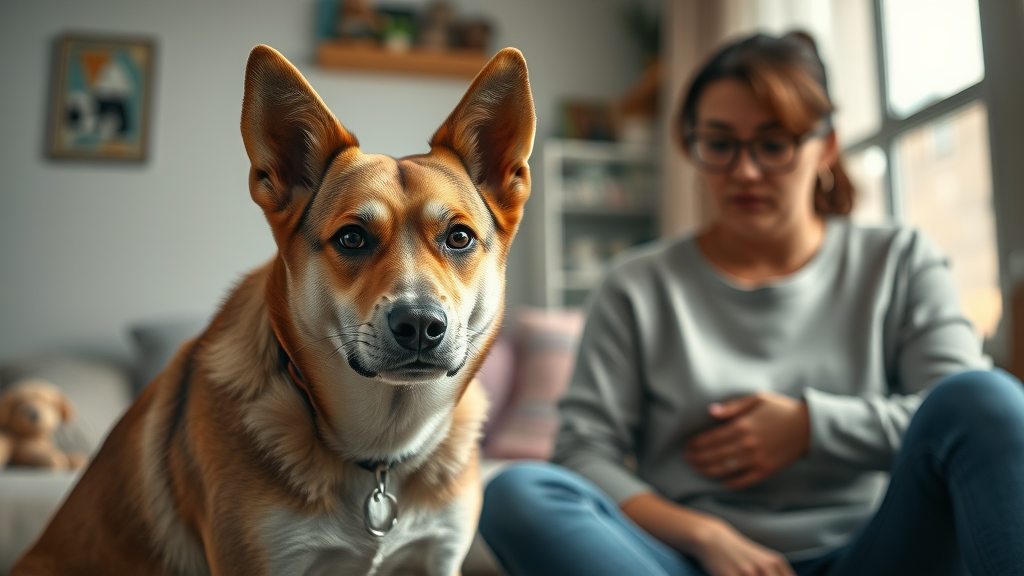
Did You Know? Over 4.5 Million Dog Bites Occur Annually in the U.S.—Recognizing Aggression in Dogs is Crucial
With millions of dog bites reported each year, every dog owner must understand aggression in dogs, not only for public safety but for the well-being of dogs themselves. The reality is that many biting incidents result not from “bad dogs,” but from missed warning signs or misunderstood canine body language. By learning to recognize the early warning signs of dog aggression , you empower yourself to take quick, informed action—protecting your family, visitors, and your own dog from avoidable harm. Practical examples include noticing when a dog stiffens its body, averts its gaze, or gives a low, warning growl. These signals, when detected early, can give vital seconds to de-escalate a situation and prevent a bite. Remember, most dogs give clear warning signs long before they act aggressively; our role is simply to notice and respond appropriately.
What You'll Learn About Aggression in Dogs, Aggressive Dog Warning Signs, and Safety Best Practices
- Definition and types of aggression in dogs
- How to identify warning signs of dog aggression
- Causes and risk factors for aggression in dogs
- Approaches to manage and treat aggressive behavior
- Expert recommendations for ensuring safety around aggressive dogs
Understanding Aggression in Dogs: Causes, Types, and Myths
Defining Aggressive Behavior: What Counts as Dog Aggression?
Aggressive behavior in dogs is more than snarling or biting—it covers a broad spectrum of actions meant to intimidate or harm a person or another animal. Commonly seen signs include growling, baring teeth, snapping, and even subtle cues like stiffening, intense eye contact, or sudden stillness. Understanding the difference between a dog that is simply fearful or anxious versus one poised to act aggressively is crucial. For example, a fearful dog may cower, whereas an aggressive dog takes a forward, tense stance or freezes before an outburst. Mislabeling timid behaviors as aggression can lead to inappropriate corrections and unnecessary fear in our pets. Recognizing these distinctions lays the groundwork for responsible, informed intervention and treatment.
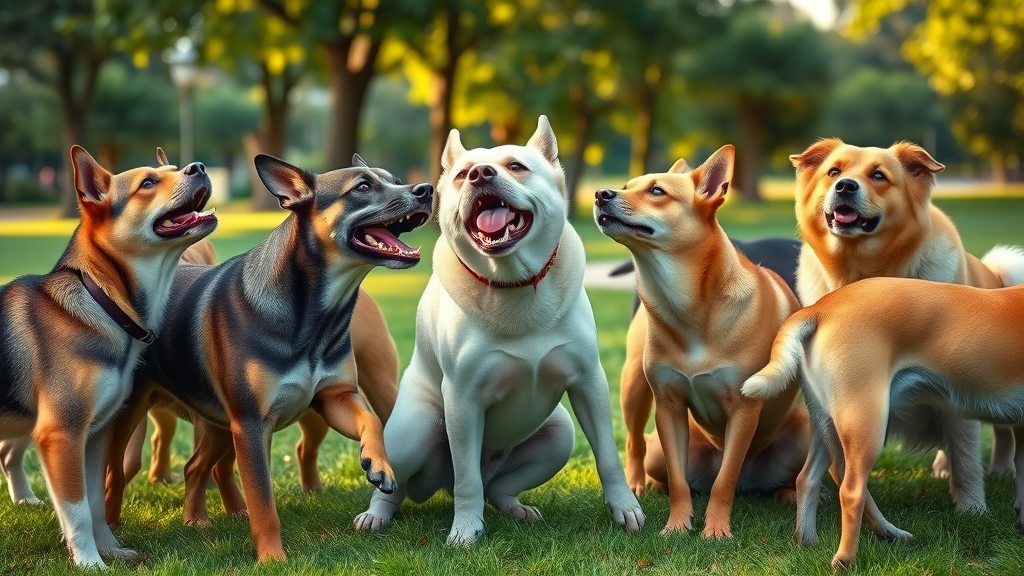
Additionally, aggression in dogs can be directed toward people, animals, or even inanimate objects . The seriousness of aggressive behavior is not just in the moment of action but in its potential triggers and repeated patterns. For example, a dog may become aggressive around its food bowl, yet be calm at other times. To create an effective treatment plan, understanding the context, frequency, and type of aggression is every bit as important as recognizing the visible signs. Early and accurate identification often helps avoid escalation and keeps all parties safe.
Common Types of Aggression in Dogs: Territorial, Defensive, and Predatory
Not all aggression in dogs is the same—there are several recognized types of aggression that stem from different motivations and triggers. Territorial aggression typically occurs when a dog defends its home or yard from unfamiliar people or animals, showing warning signs like barking, lunging, or biting. Defensive aggression arises when a dog feels threatened or cornered and believes there is no escape. These dogs may initially display “fearful dog” behavior, such as lip licking or crouching, before reacting aggressively if they perceive no other option.
Another critical form is predatory aggression , which is instinctual and aimed at moving objects or smaller animals. Unlike other types, this form is often silent—with intense focus and little warning—making it riskier if not recognized in time. There is also possessive aggression, as seen when a dog is protecting a food bowl, favorite toy, or special space, and redirected aggression, which occurs when a dog acts aggressively toward a person or animal simply because it cannot reach the true source of its frustration. Understanding these forms helps owners, trainers, and veterinary behaviorists form an actionable treatment plan based on the root cause.
Dog Aggression Myths and Misconceptions That Could Put You at Risk
Despite years of scientific evidence disproving them, several myths about dog aggression persist—and they can put you, your family, and your dog at risk. One common misconception is that certain breeds are always aggressive, or that purebred dogs are safer than mixes. The reality is, aggression in dogs can occur in any breed, shape, or size, and is influenced far more by environment, health, socialization, and training than genetics alone.
Another harmful myth is that “a wagging tail means a friendly dog,” or that “dogs bite without warning.” In reality, most dogs will give warning signs —such as stiff posturing, raised hackles, or fixed stares—before delivering a bite. Ignoring or failing to interpret these signals can lead to preventable incidents. Finally, assuming that a dog will “grow out of” repeated aggressive behaviors without intervention is risky; early professional guidance is often needed. Dispelling these myths leads to safer communities and happier dog-owner relationships.
Spotting an Aggressive Dog: Early Warning Signs and Behavioral Red Flags
The Most Telling Warning Signs of Aggression in Dogs: From Growling to Body Language
Learning to spot the warning signs of aggression in dogs is the first and most effective step in prevention. The most obvious signs include growling, snarling, baring teeth, snapping, or lunging —all clearly aggressive behaviors. But some of the most important red flags are far subtler. A dog may signal its discomfort or intent long before vocalizing or delivering a bite by displaying stiff body language , pinned-back ears, a wrinkled muzzle, intense staring, and raised hackles. Sometimes, a dog will freeze or become unnaturally still, a precursor to an aggressive response.

Lip licking, yawning, or frequent turning away can also be stress signals, especially in situations perceived as threatening or overwhelming. Recognizing these subtler signals is crucial—it gives you the chance to de-escalate a situation or remove your dog before things escalate. Every dog owner should become fluent in canine body language and understand the individual cues their particular dog displays before acting aggressively.
Recognizing Red Flag Dog Behaviors that Precede Aggression
- Stiff posturing
- Prolonged staring
- Snarling, growling, and snapping
- Lunging, charging, or sudden stillness
“The earlier you identify warning signs of aggression in dogs, the more you can do to keep everyone safe.” – Dr. Jane Peterson, DVM
Recognizing and respecting red flag behaviors can help prevent both dog aggression incidents and unnecessary bites. Owners should avoid pushing dogs past their comfort zones and instead provide environments where their pets feel secure. Pay close attention to warning signs , especially around new people, children, or during events that cause anxiety, like thunderstorms or fireworks. Developing a daily routine and using consistent positive reinforcement can help your dog feel safer and reduce unpredictable reactions.
What Drives Aggression in Dogs? Exploring Root Causes and Risk Factors
Genetics, Socialization, and Health in Dog Aggression
There are many root causes and risk factors when it comes to aggression in dogs . Genetics and early development play important roles—a dog whose parents or siblings have shown aggression may be at higher risk, making socialization even more critical. Similarly, dogs who miss out on important social experiences as puppies might react aggressively later out of fear or unfamiliarity. Health issues also contribute: medical conditions, pain, or neurological imbalances can trigger sudden aggressive behaviors in dogs, especially if they appear abruptly in a previously calm animal.

Behavioral problems can also be exacerbated by anxiety, prior trauma, or negative reinforcement. A dog that has experienced harsh treatment or frightening situations might develop defensive aggression or react aggressively to even gentle cues if it feels threatened. A full veterinary workup is always warranted if aggression is new or escalating, as medical treatment may resolve underlying pain or illness contributing to the behavior.
Environmental and Situational Triggers for Aggressive Behavior
The environment and immediate situation often have a powerful influence on canine aggression. Loud noises, unfamiliar guests, the presence of another animal, resource guarding over a food bowl, or the approach of a stranger can all prompt even a normally calm dog to act aggressively. It’s not just the event, but the cumulative effect of stressors—an overstimulated or anxious dog is far more likely to react aggressively when faced with a scary thing.
Owners should also consider the impact of household routines and structure. Inconsistent expectations or the lack of clear rules can cause confusion and heighten the risk of aggressive behavior. To help dogs feel safe, create predictable routines and respect your dog’s need for personal space. For some dogs, stressful events like moving homes, the birth of a baby, or the introduction of a new pet can become flashpoints for aggression. Recognizing and mitigating these environmental triggers can help dog owners maintain a safer, more harmonious household.
Types of Aggression in Dogs and Their Typical Causes
| Type of Aggression | Common Triggers |
|---|---|
| Territorial | Intruders, new locations |
| Predatory | Movement, small animals |
| Defensive | Fear, perceived threats |
| Redirected | Blocked from target |
| Maternal | Protecting offspring |
Managing Aggression in Dogs: Proven Strategies for Owners
Immediate Safety Steps When Facing an Aggressive Dog
If you find yourself facing an aggressive dog , your immediate priority is safety. Stay calm and avoid making direct eye contact, as this can escalate the dog’s anxiety. Move slowly and never turn your back on the dog. Instead, back away steadily so the animal sees your hands and body in a non-threatening way. Do not try to grab the dog or engage physically—this often provokes a more violent response.
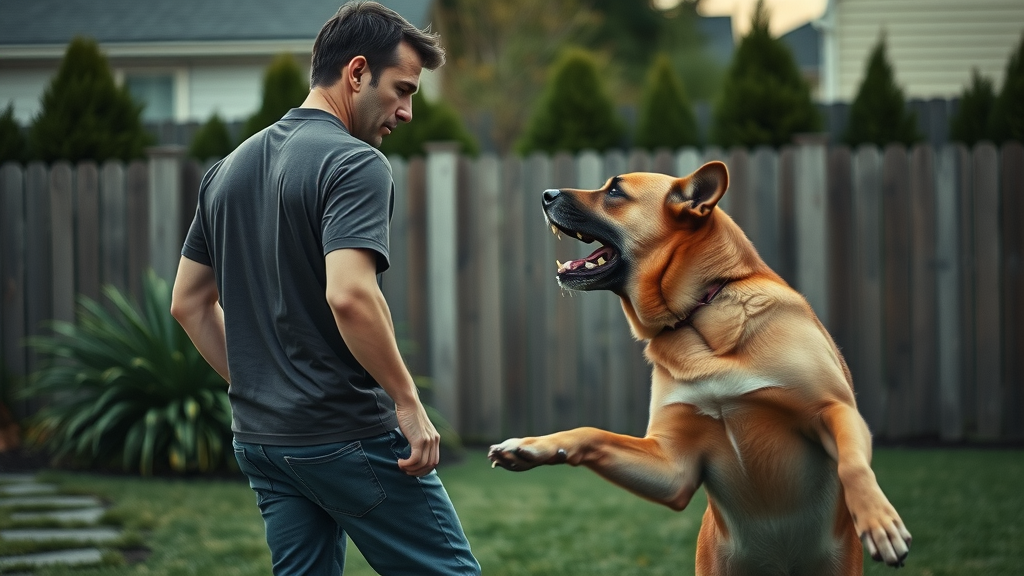
If the dog is your own, use a verbal cue or distraction with a toy or treat to redirect their focus. If bitten or threatened, seek medical assistance and consult a veterinary behaviorist to start a treatment plan. Absolute safety comes first, for both people and dogs. Installing secure barriers, using leashes or muzzles during high-risk situations, and setting up predictable routines can help minimize similar incidents in the future.
Long-Term Approaches to Reducing Dog Aggression
Addressing aggression in dogs requires consistent, long-term strategies focused on behavior modification and positive reinforcement. Begin by identifying and minimizing triggers, then gradually desensitize your dog to these scenarios at a pace they're comfortable with. Success often requires a mix of obedience training, structured daily routines, and frequent, safe socialization with familiar people and calm animals. Positive reinforcement—rewarding good behavior with treats, toys, or praise—helps your dog learn what’s expected and builds confidence in previously scary or overstimulating situations.
Avoid punishment or harsh corrections, as these can increase anxiety and escalate aggression. Instead, seek alternatives such as controlled exposure, redirection, and patience. In multi-dog households or homes with children, supervise all interactions closely, especially around potential resources like food bowls or favorite toys. Tailor your treatment plan to your dog’s unique personality, breed, and history—what works for a young puppy may be different for fearful dogs or those with a history of trauma.
Working With Professionals: Trainers, Behaviorists, and Veterinarians
For many owners, the most effective way to address aggressive behavior is to enlist the help of qualified professionals—a veterinary behaviorist, certified dog trainer, or experienced animal behavior specialist. These experts can observe your dog in a controlled setting and design a treatment plan based on their triggers, body language, and specific type of aggression. Recent advances in animal behavior and veterinary medicine mean individualized support—including training protocols, medication, and ongoing assessments—are more effective than ever.
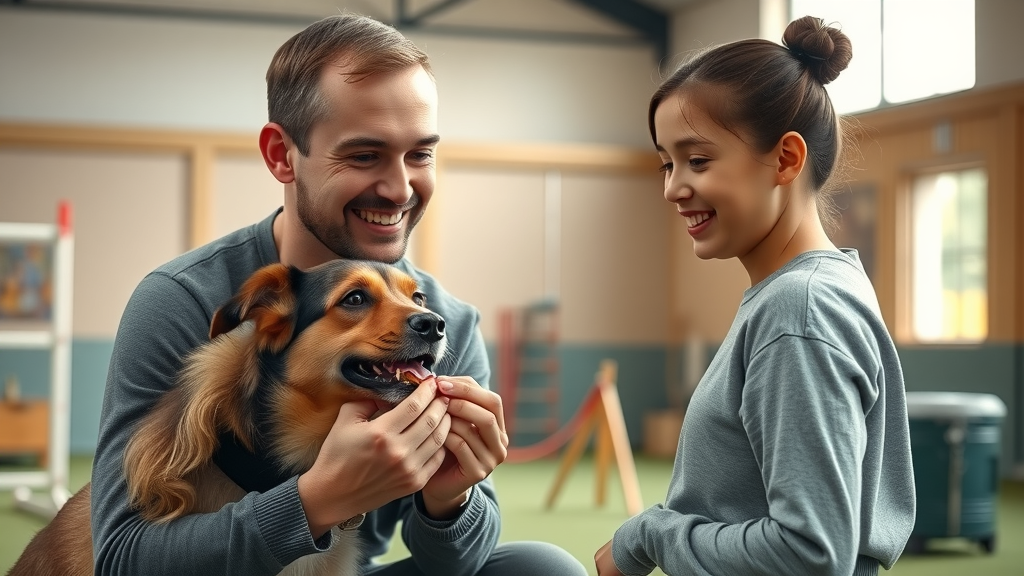
If your dog’s aggression suddenly appears or worsens without an obvious trigger, consult your veterinarian immediately. Certain medical issues, such as infections, hormonal imbalances, pain, or neurological disorders, can lead to aggressive responses. Combining veterinary insights with targeted behavior modification gives your dog the best chance at a safe, happy life.
Special Focus: Types of Aggression in Dogs—Territorial, Predatory, Defensive, and More
Territorial Aggression: How Dogs Defend Their Space
Territorial aggression in dogs is extremely common. It manifests when a dog perceives an approaching person or animal as a threat to its territory—be that the house, yard, or car. Warning signs include intense barking, rushing toward gates or doors, snapping at visitors, and refusing to yield position at entryways. Some dogs even react aggressively to familiar people when they're in unfamiliar contexts or when routines are disrupted.
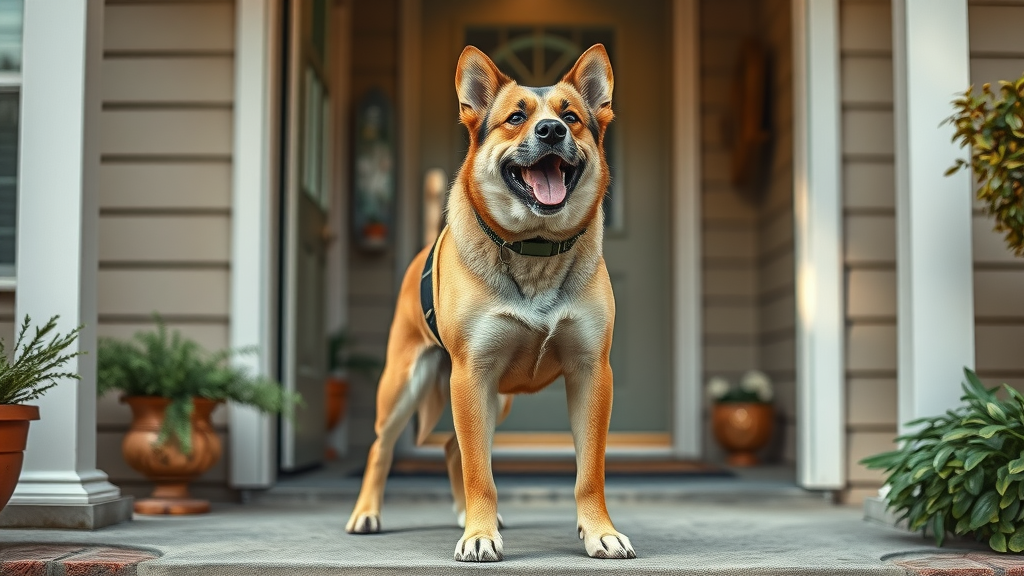
Owners can help manage territorial tendencies by gradually introducing new people and animals to the home environment in a calm, structured manner. Use praise and treats for calm behavior, and always supervise closely when guests arrive. Installing baby gates or using crates provides a physical buffer, reducing arousal and giving your dog a safe retreat from overwhelming visitors. Never force a fearful dog into a crowded space.
Predatory Aggression in Dogs: Warning Signs and Safety Tips
Predatory aggression is rooted in a dog’s natural hunting instinct. This type of aggression is often directed at fast-moving objects—squirrels, cats, joggers, even bicycles—and rarely comes with the typical warning signs like barking or growling. Instead, dogs become laser-focused, their bodies low, eyes locked on the target, and may suddenly chase or snap. Silent and unpredictable, this type of aggression requires particular vigilance outdoors or in multi-pet families where small animals are present.
To prevent incidents, always leash your dog during walks and use secure fences at home. Training your dog with impulse control exercises, like “leave it” or “watch me,” is highly effective. For dogs with strong predatory drives, consider consulting a behaviorist and limit unsupervised access to susceptible animals or environments. Remember, this behavior is instinctual and not a sign of a ‘bad’ dog—it simply requires proactive management.
Defensive Aggression: Understanding Defensive Triggers in Dogs
Defensive aggression occurs when a dog feels trapped, threatened, or unsure how to escape a perceived danger. Dogs displaying this type of aggression often show a blend of fearful dog cues—such as lip licking, cowering, tail tucking—with sudden lunges or snaps if pushed. Common triggers can include unfamiliar or rough handling, loud noises, punishment, or interactions with overbearing children or strangers.
Prevention begins with teaching families, especially young children, how to interact safely with dogs: avoid sudden movements, respect the dog’s safe spaces, and observe changes in body language. If your dog tends to react aggressively in certain settings—like at the vet or around the food bowl—consult a professional for desensitization training. By interpreting these signals early, you can reduce stress and stop defensive aggression from becoming a recurrent behavior problem.
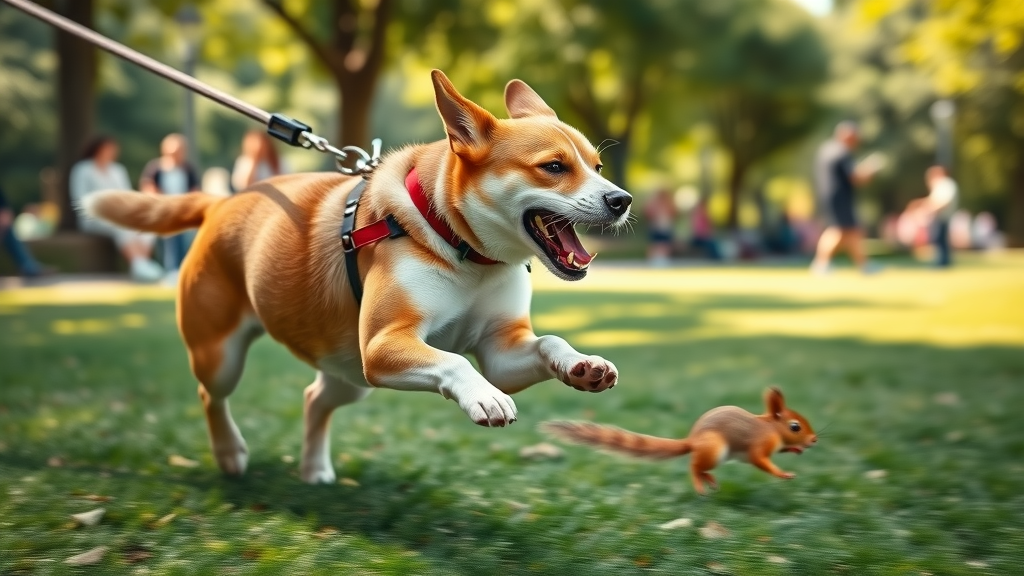
Practical Steps to Prevent Aggression in Dogs at Home and in Public Spaces
- Recognize early warning signs and avoid provoking aggressive dog behaviors
- Exercise and mental stimulation tips
- The role of desensitization and positive reinforcement training
- Safe socialization strategies for puppies and adults
“No dog is born aggressive—early intervention, training, and responsible ownership are key.” – ASPCA
The best way to prevent dog aggression is by setting your dog up for success from the start. Regular exercise—both mental and physical—helps reduce frustration, boredom, and pent-up energy that can contribute to behavior problems. Training games, puzzle feeders, and short, frequent walks keep dogs engaged and less likely to react aggressively. Socialization should be gradual and always positive—expose puppies and new dogs to a variety of calm, friendly people and dogs in controlled settings to give them the confidence they need to handle the wider world.
Positive reinforcement is critical: praise, treats, and toys for calm, “good dog” choices help reinforce desired behaviors. Use desensitization to gradually accustom your dog to potentially scary things—a stepwise approach to new people, sounds, or experiences, always keeping sessions short and stress-free. Responsible dog owners plan ahead by avoiding known triggers whenever possible, planning outings during quieter hours, or enrolling in obedience classes focused on manners and safe interactions.
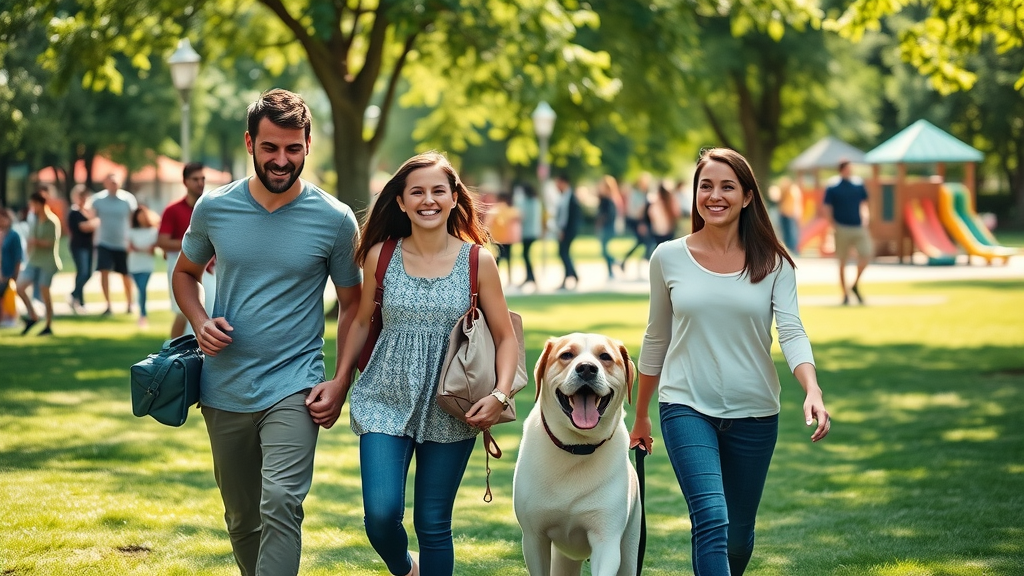
People Also Ask: How do you stop aggression in dogs?
Step-By-Step Methods to Stop Dog Aggression
Stopping aggression in dogs takes time, consistency, and knowledge of positive training techniques. First, identify your dog’s unique triggers—pay attention to what sets off warning signs, whether it’s unfamiliar people, loud noises, or a particular object like a food bowl. Next, avoid these triggers as much as practical while you work on slower, calm exposure (desensitization) in safe environments. Begin basic obedience training and reinforce calm behaviors with treats and praise.
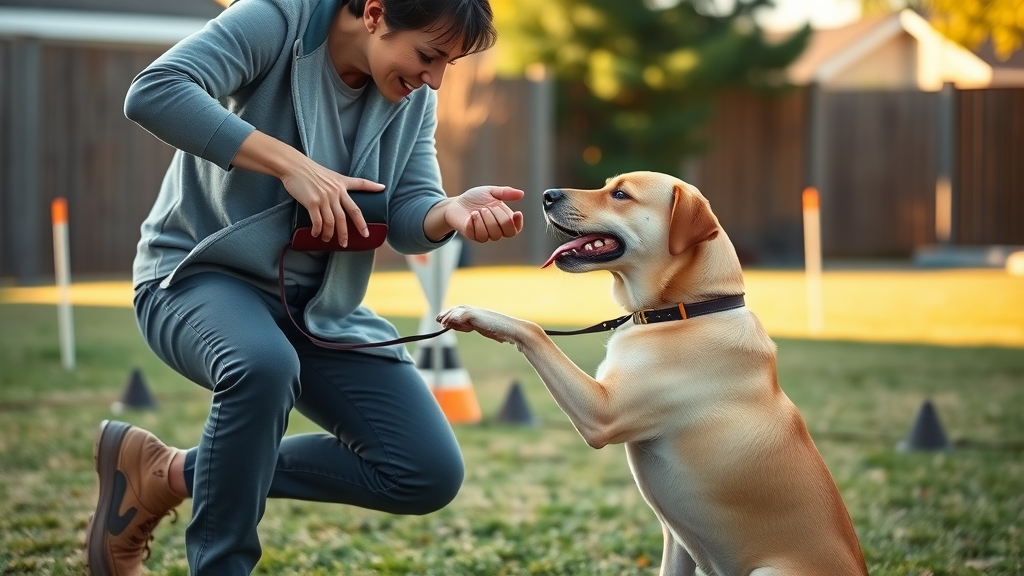
If your dog shows a strong or sudden aggressive response, seek help from a certified trainer or veterinary behaviorist to develop a structured behavior modification plan. Avoid punishment, shouting, or forceful corrections, as they can worsen aggressive behaviors and damage the bond with your dog. Prioritize error-free success by celebrating every small step of progress, and use management tools like leashes, gates, or muzzles when needed to ensure safety during the training process.
People Also Ask: What is a red flag dog's behavior?
Identifying Red Flag Behaviors in Aggressive Dogs
Red flag behaviors are the early warning signs that a dog may be on the verge of acting aggressively. These include sudden stillness, direct and prolonged staring, stiff body posture, raised hackles, bared teeth, and low growls. Other signs can be more subtle—lip licking in stressful contexts, yawning, or avoidance behaviors when a person or animal approaches.
It’s especially important to recognize these signals in unfamiliar situations or in dogs that have displayed aggressive tendencies in the past. If you notice these signs, remove your dog from the situation, give them space, and consult with a professional. Remember—not all red flag behaviors result in bites, but most bites are preceded by red flag warnings.
People Also Ask: How do you treat aggression in dogs?
Evidence-Based Treatments for Aggressive Behavior in Dogs
Treating aggressive behavior in dogs requires a tailored approach based on the root cause and type of aggression. Most effective treatment plans combine positive reinforcement training, behavior modification routines, and environmental management. A qualified professional can help owners design protocols to desensitize and counter-condition their dogs’ reactions to triggers, such as using a food reward when a person approaches the food bowl or rewarding calm behavior during walks.
Medical intervention may be necessary in some cases, especially if aggression stems from illness, pain, or underlying neurological problems. A thorough veterinary exam, possibly including bloodwork and imaging, is important for new or rapidly worsening aggression. In severe cases, anti-anxiety medications or calming supplements, prescribed by your vet, may help reduce arousal and facilitate learning during training. The key is early intervention and an open dialogue with your veterinary team and trainers.
People Also Ask: What is the most common cause of aggression in dogs?
The Leading Causes of Aggression in Dogs: What Every Owner Should Know
The most common causes of aggression in dogs are fear, anxiety, and insufficient socialization during formative periods. Dogs that haven’t encountered a variety of people, animals, noises, or environments as puppies are more likely to perceive new situations as threats and react aggressively. Medical issues—such as untreated pain, neurological problems, or hormonal imbalances—are also frequent culprits.
For many dogs, aggression is a learned response to perceived threat or competition for resources like food, toys, or space, particularly when early warning signs are ignored or punished. Early socialization, regular veterinary care, and clear, positive training are the best preventatives against long-term aggression.
Essential Safety Reminders and Real-World Key Takeaways for Managing Aggression in Dogs
- Never ignore early warning signs of aggression in dogs
- Consult professionals when signs of aggressive behavior appear
- Prioritize consistency in training and supervision
- Practice responsible dog ownership and public safety protocols
“Understanding aggression in dogs is the first step toward safer, happier homes for pets and people.” – Dr. Samuel Greene
Maintaining safety means more than reacting to incidents—it’s about proactive prevention, education, and close supervision. Consistency is key; make rules clear and predictable, schedule regular exercise and training, and seek expert help whenever you see red flag behaviors. Dog aggression is treatable, but only with prompt, knowledgeable action and compassion for both dogs and their people.
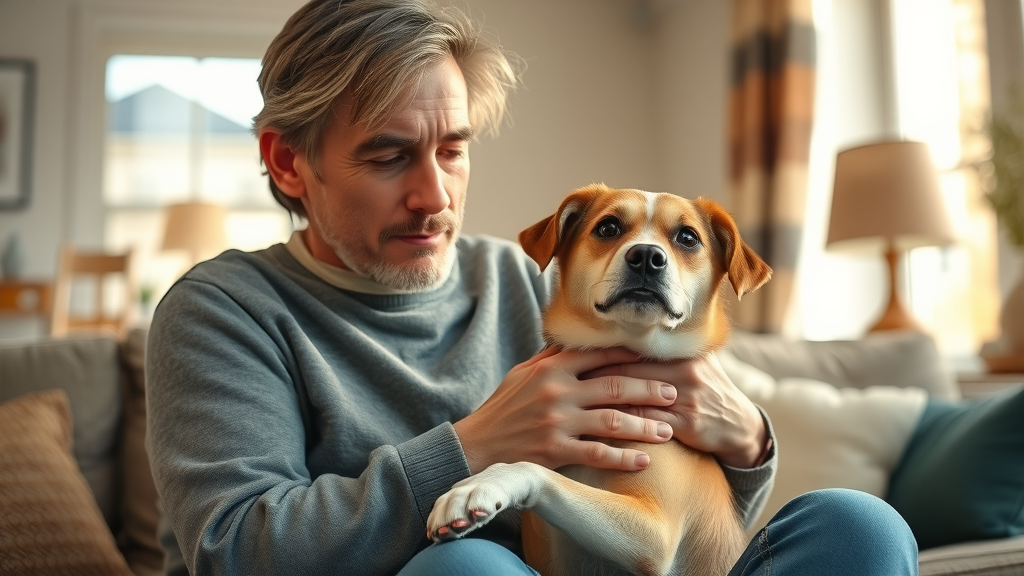
Your Questions Answered: FAQs About Aggression in Dogs
- Can aggression in dogs be completely cured? While some dogs can make a full recovery from aggression-related behavior problems, most require long-term management and ongoing training. Early intervention and professional support offer the best outcomes.
- Are certain breeds more prone to aggressive behavior? Aggression can occur in any breed. Some breeds may have stronger guarding or herding instincts, but environment, training, and socialization play a much larger role than genetics alone.
- How do I ensure my family’s safety with an aggressive dog? Supervise interactions, use physical barriers if necessary, educate children about dog safety, and never force your dog into stressful situations. Consult a behaviorist for an individualized plan.
- When is professional help necessary for dog aggression? If aggression escalates, is unpredictable, or results in injury, consult a veterinary behaviorist or certified trainer immediately. Medical evaluation may be needed if there’s a sudden change in personality.
Want to Keep Your Family Safe From Aggression in Dogs? Take the First Step Today
Don’t wait for a bite to happen—be proactive about understanding aggression in dogs. Begin by observing your dog’s warning signs, seek professional guidance, and always prioritize the safety of both pets and people. Now is the time to act, for a safer, happier home.
Further Reading and Resources on Dog Aggression and Behavior Management
Explore reputable resources such as the American Veterinary Society of Animal Behavior (AVSAB), ASPCA, and your local veterinary clinic for guides on canine aggression, positive reinforcement, and consultation directories. Early education and intervention make all the difference!
Understanding and managing aggression in dogs is crucial for ensuring the safety of both pets and people. The article “Aggression in Dogs? Here’s How to Keep Safe” provides comprehensive insights into recognizing warning signs, identifying triggers, and implementing effective safety strategies.
For further reading, the American Kennel Club’s article, “What to Know About Helping Prevent Aggression in Your Dog” , emphasizes the importance of early socialization and mental stimulation in preventing aggressive behaviors. Additionally, the ASPCA’s resource, “Aggression” , offers detailed information on the various types of aggression and their underlying causes.
If you’re serious about understanding and preventing aggression in dogs, these resources will provide you with valuable knowledge and practical strategies.
 Add Row
Add Row  Add
Add 



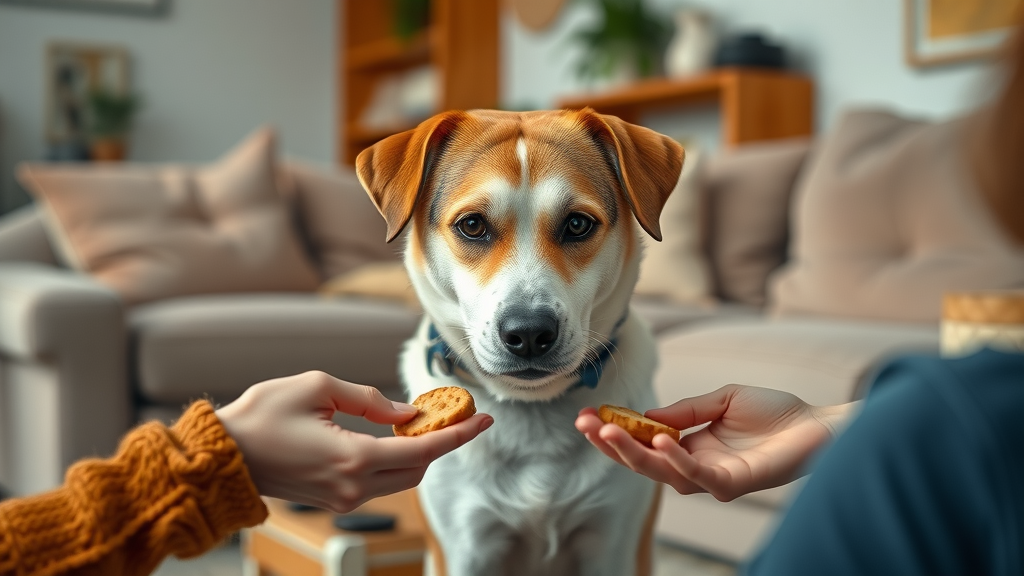
Write A Comment